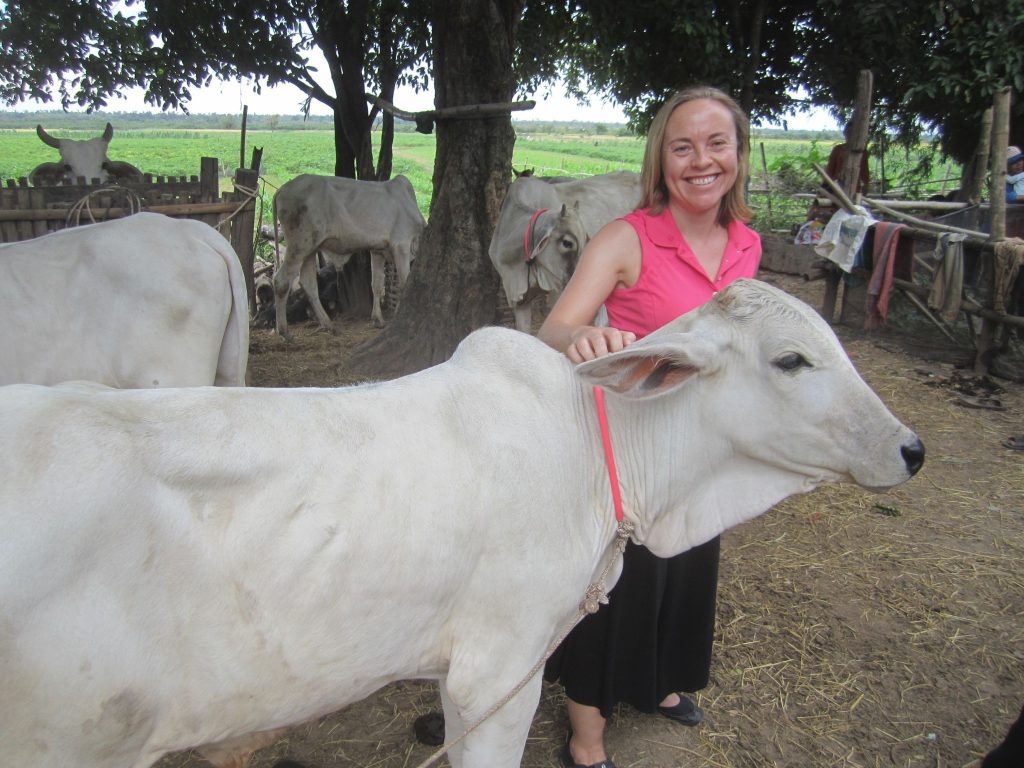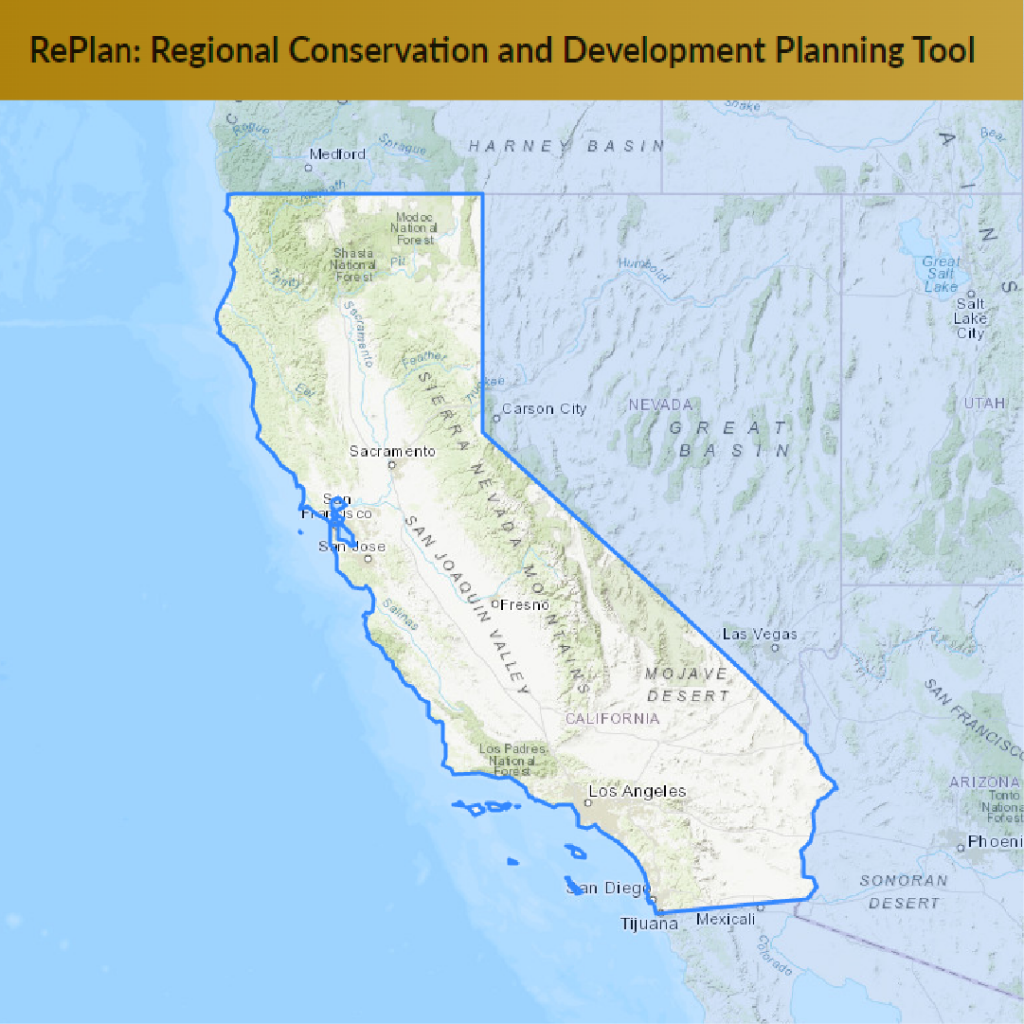Taken a Governor’s Office news release
Amid intensifying climate impacts, Governor Gavin Newsom today announced that the state has released an Extreme Heat Action Plan outlining a strategic and comprehensive set of state actions to adapt and strengthen resilience to extreme heat. The announcement comes on the heels of a heat wave earlier this month in Long Beach that reached a high of 101°F, nine degrees hotter than the record high in April 2014.
“Extreme heat driven by climate change endangers the lives and livelihoods of Californians in every corner of our state, and threatens our vital natural systems,” said Governor Newsom. “The Extreme Heat Action Plan is a critical part of California’s commitment to strengthening community resilience and will guide partnerships and investments in equitable solutions to protect all Californians.”
With the launch of this plan, the Newsom Administration is announcing an all-of-government approach to address extreme heat across four action areas:
- Building Public Awareness and Notification: The Administration will prioritize the needs of high-risk California communities most impacted by extreme heat by increasing access to timely and appropriate information and resources that can help them stay safer. The most impacted groups include people experiencing housing insecurity, outdoor workers, older adults, young children, and people with existing health conditions. Additionally, the public awareness effort includes actions to equip communities, governments, and tribes with easily accessible data.
- Strengthening Community Services and Response: The burden of extreme heat falls disproportionately on rural and disadvantaged communities and California Native American tribes. The community services and response effort includes a suite of actions that reduce heat exposure, build communities’ capacity to respond to heat events, support local climate adaptation planning and implementation, and advance heat illness prevention standards for indoor and outdoor workers.
- Increasing Resilience of the Built Environment: As temperatures increase and heat waves become more frequent and severe, the cascading impacts of extreme heat on infrastructure and the environment exacerbate risks to people, the economy, and the natural environment. The built environment track includes actions to protect critical energy, transportation, and other infrastructure, support heat-resilient communities through relevant regulations and codes, and scale weatherization and cooling technologies.
- Utilizing Nature-Based Solutions: Nature-based solutions deliver multiple benefits, including addressing extreme heat by cooling communities, providing strategic shade, and regulating temperature of buildings and surfaces during extreme heat events. This track includes actions to promote nature-based solutions to reduce extreme heat risks, support nature’s ability to withstand and adapt to increasing temperatures and reduce heat risk to water supply and systems.
CDFA is participating in the plan by helping to build awareness of extreme heat conditions for worker safety, working to create climate resilience centers, administering investments in the Healthy Refrigeration Grant Program, addressing animal mortality during extreme heat events, working with school districts on edible gardens and farm-to-school programs, and facilitating nature-based solutions such as building healthy soils for crop resilience, among other initiatives.
Projections from the state’s best climate science forecast that all of California will be impacted in the years and decades to come by higher average temperatures and more frequent and life-threatening heat waves, impacting public health and safety, economic prosperity, and communities and natural systems – with profoundly disproportionate consequences for the most vulnerable Californians. Extreme heat ranks amongst the deadliest of all climate change hazards, with structural inequities playing a significant role in the capacity of individuals, workers, and communities to protect and adapt to its effects.
In partnership with the Legislature, Governor Newsom advanced an $800 million package in last year’s budget to protect California’s communities from heat. The package includes $300 million to support implementation of the Extreme Heat Action Plan and numerous other investments that protect communities, the economy, and natural systems from extreme heat. The Governor is proposing to allocate this additional funding in the 2022-23 budget to support the implementation of the Extreme Heat Action Plan.
Governor Newsom has put forward a historic $37.6 billion climate package – more than what most other countries are spending – to protect all Californians from the costs and impacts of climate change, while accelerating efforts to reduce the dependence on big polluters and fossil fuels.









